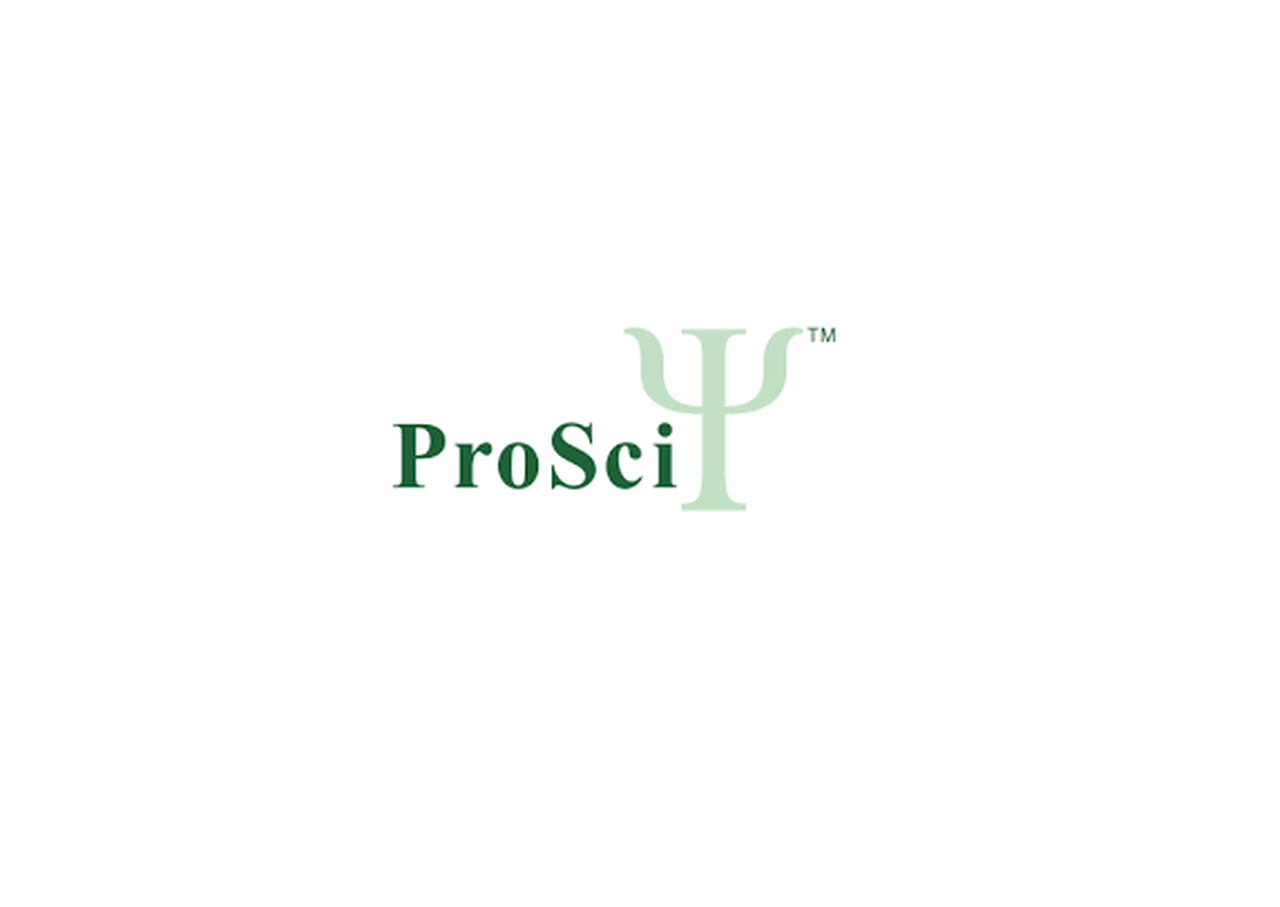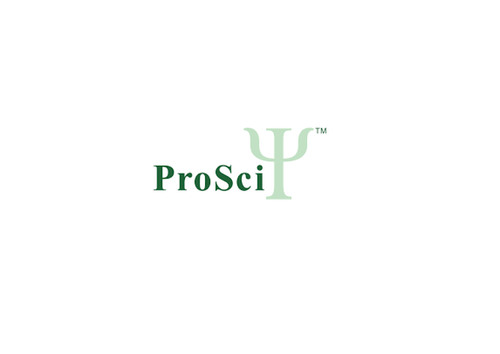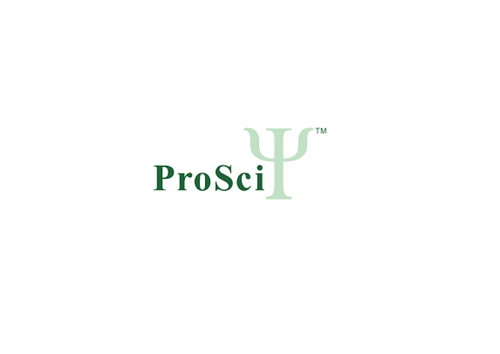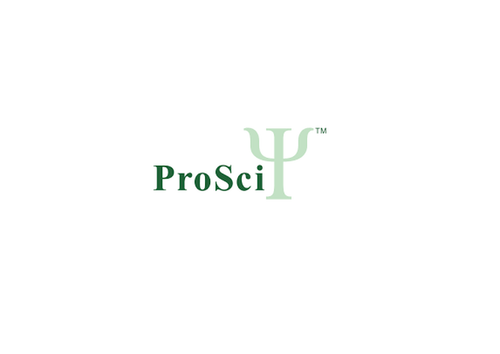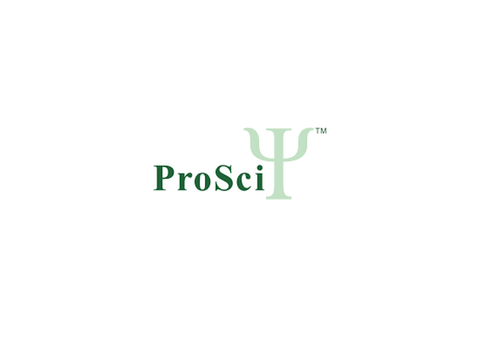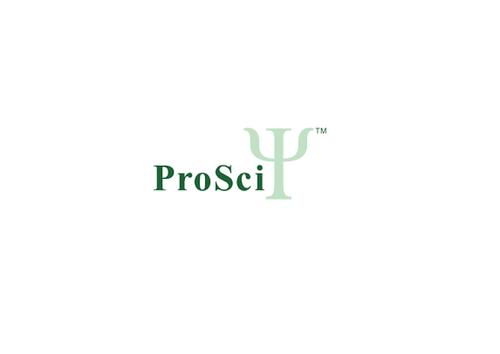Product Description
SARS-CoV-2 (COVID-19) ORF6 Antibody | 9189 | ProSci
Host: Rabbit
Reactivity: Virus
Homology: Predicted reactivity based on immunogen sequence: SARS-CoV ORF6 protein: (53%)
Immunogen: Anti-SARS-CoV-2 (COVID-19) ORF6 antibody (9189) was raised against a peptide corresponding to 15 amino acids near the Carboxyl terminus of SARS-CoV-2 (COVID-19) ORF6 protein.
The immunogen is located in the last 50 amino acids of SARS-CoV-2 (COVID-19) ORF6.
Research Area: Infectious Disease, COVID-19
Tested Application: E
Application: Antibody validated: SARS-CoV-2 (COVID-19) ORF6 antibody can detect 2 ng of free peptide at 1 μg/mL in ELISA.
Specificiy: N/A
Positive Control 1: N/A
Positive Control 2: N/A
Positive Control 3: N/A
Positive Control 4: N/A
Positive Control 5: N/A
Positive Control 6: N/A
Molecular Weight: N/A
Validation: N/A
Isoform: N/A
Purification: SARS-CoV-2 (COVID-19) ORF6 Antibody is affinity chromatography purified via peptide column.
Clonality: Polyclonal
Clone: N/A
Isotype: IgG
Conjugate: Unconjugated
Physical State: Liquid
Buffer: SARS-CoV-2 (COVID-19) ORF6 Antibody is supplied in PBS containing 0.02% sodium azide.
Concentration: 1 mg/mL
Storage Condition: SARS-CoV-2 (COVID-19) ORF6 antibody can be stored at 4˚C for three months and -20˚C, stable for up to one year. As with all antibodies care should be taken to avoid repeated freeze thaw cycles. Antibodies should not be exposed to prolonged high temperatures.
Alternate Name: Accessory protein 6, Non-structural protein 6, ns6, Protein X3
User Note: Optimal dilutions for each application to be determined by the researcher.
BACKGROUND: Coronavirus disease 2019 (COVID-19) , formerly known as 2019-nCoV acute respiratory disease, is an infectious disease caused by SARS-CoV-2, a virus closely related to the SARS virus (1) . The disease is the cause of the 2019–20 coronavirus outbreak (2) . The structure of 2019-nCoV consists of the following: a spike protein (S) , hemagglutinin-esterease dimer (HE) , a membrane glycoprotein (M) , an envelope protein (E) a nucleoclapid protein (N) and RNA. ORF6 disrupts cell nuclear import complex formation by tethering karyopherin alpha 2 and karyopherin beta 1 to the membrane. Retention of import factors at the ER/Golgi membrane leads to a loss of transport into the nucleus. Thereby it prevents STAT1 nuclear translocation in response to interferon signaling, thus blocking the expression of interferon stimulated genes (ISGs) that display multiple antiviral activities (3) .
 Euro
Euro
 USD
USD
 British Pound
British Pound
 NULL
NULL

